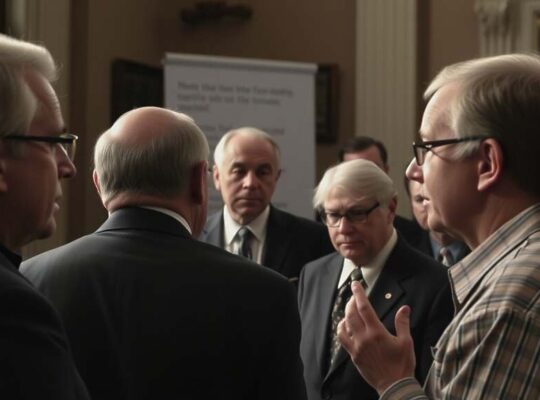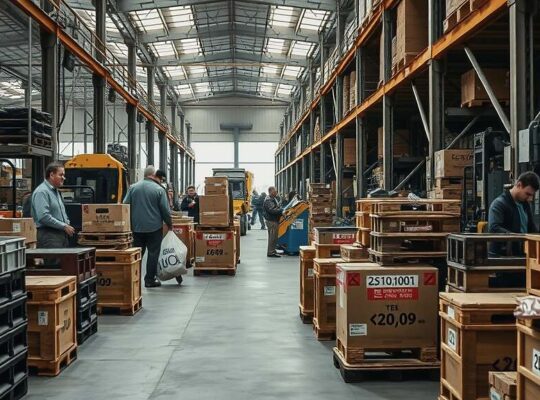A stark warning has been issued regarding escalating repair costs for motorists, with Klaus-Jürgen Heitmann, CEO of German auto insurer HUK-Coburg, pointing to a growing financial burden for drivers. Speaking to RTL and n-tv’s “Frühstart” program, Heitmann emphasized a concerning trend: replacement parts are becoming increasingly expensive, outpacing general inflation and significantly impacting average repair expenses.
Heitmann attributes this surge primarily to the market dominance wielded by vehicle manufacturers. “When they are monopolists in a market, they can set prices as they wish” he stated, directly accusing producers of exploiting their position to inflate costs. This critique raises serious questions about the competitive landscape of the automotive spare parts industry and the potential for anti-competitive practices.
Compounding the problem is a pervasive shortage of skilled technicians within the automotive repair sector. The scarcity of qualified personnel is driving up hourly wages within workshops, further escalating the overall cost of repairs. “You simply can’t find enough people anymore” Heitmann noted, highlighting the systemic challenges facing the industry.
The rise in repair costs is not limited to traditional combustion engine vehicles. Damage assessments for electric vehicles are also trending higher, frequently resulting in more extensive – and costly – repairs. The vulnerability of batteries in the event of severe accidents, often leading to total loss declarations, adds a substantial financial risk.
However, Heitmann offered a cautiously optimistic outlook, suggesting that the widespread adoption of autonomous vehicles could provide some relief. Drawing on experiences in the United States and China, he indicated that self-driving cars are involved in significantly fewer accidents – potentially reducing incidents by up to 80% – which could ultimately lead to lower insurance premiums. This reliance on technological advancement to mitigate rising costs, however, also underscores a potential dependency on future developments within the automotive industry and raises questions about the industry’s responsibility to address its current pricing structure.












